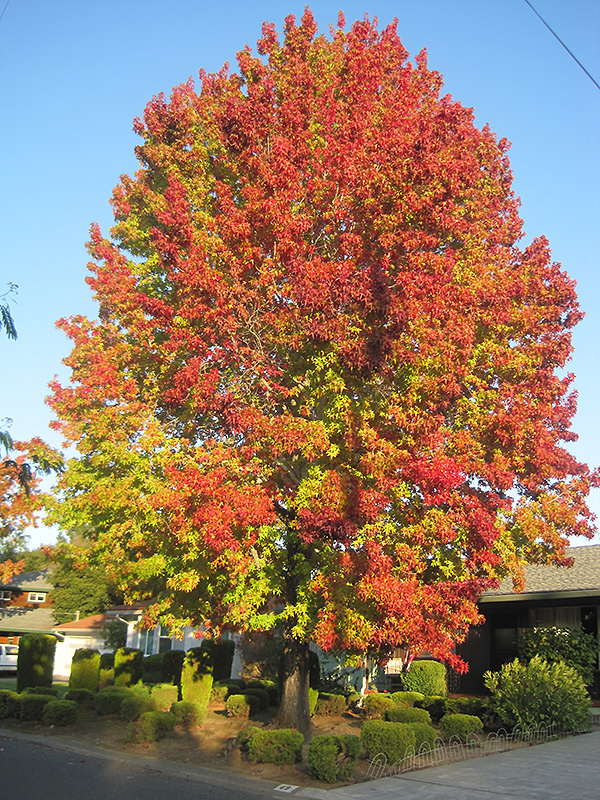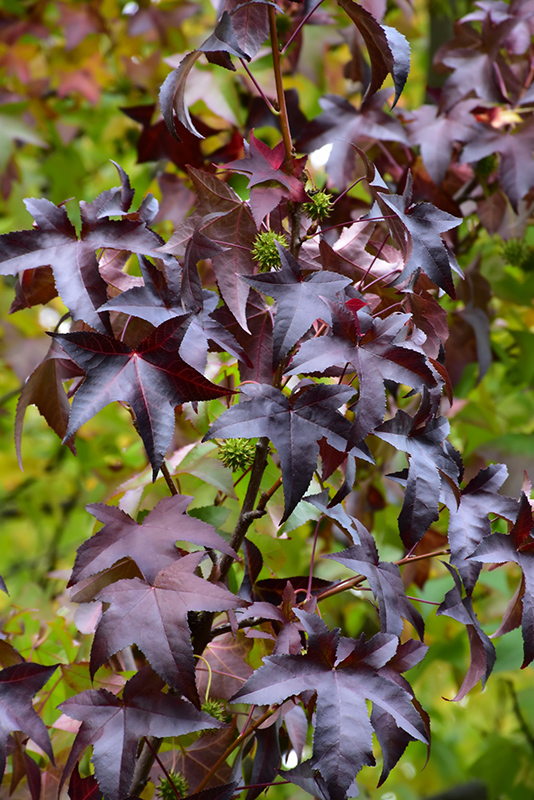Lane RobertsSweet Gum*
Liquidambar styraciflua 'Lane Roberts'
* This is a "special order" plant - contact store for details
Height: 40 feet
Spread: 30 feet
Sunlight:
![]()
Hardiness Zone: 4b
Other Names: American Sweet Gum
Description:
A broadly pyramidal tree with interestingly shaped leaves that turn burgundy and red in fall; somewhat particular about growing conditions; fruit is spiny and can be somewhat messy, use where this will not be a problem
Ornamental Features
Lane RobertsSweet Gum has light green deciduous foliage on a tree with a pyramidal habit of growth. The lobed palmate leaves turn an outstanding burgundy in the fall. However, the fruit can be messy in the landscape and may require occasional clean-up.
Landscape Attributes
Lane RobertsSweet Gum is a deciduous tree with a strong central leader and a distinctive and refined pyramidal form. Its average texture blends into the landscape, but can be balanced by one or two finer or coarser trees or shrubs for an effective composition.
This is a high maintenance tree that will require regular care and upkeep, and is best pruned in late winter once the threat of extreme cold has passed. Deer don't particularly care for this plant and will usually leave it alone in favor of tastier treats. Gardeners should be aware of the following characteristic(s) that may warrant special consideration;
- Messy
Lane RobertsSweet Gum is recommended for the following landscape applications;
- Accent
- Shade
- Vertical Accent
Planting & Growing
Lane RobertsSweet Gum will grow to be about 40 feet tall at maturity, with a spread of 30 feet. It has a low canopy with a typical clearance of 3 feet from the ground, and should not be planted underneath power lines. It grows at a fast rate, and under ideal conditions can be expected to live for 80 years or more.
This tree should only be grown in full sunlight. It prefers to grow in average to moist conditions, and shouldn't be allowed to dry out. It is very fussy about its soil conditions and must have rich, acidic soils to ensure success, and is subject to chlorosis (yellowing) of the foliage in alkaline soils. It is somewhat tolerant of urban pollution. This is a selection of a native North American species.
* This is a "special order" plant - contact store for details



